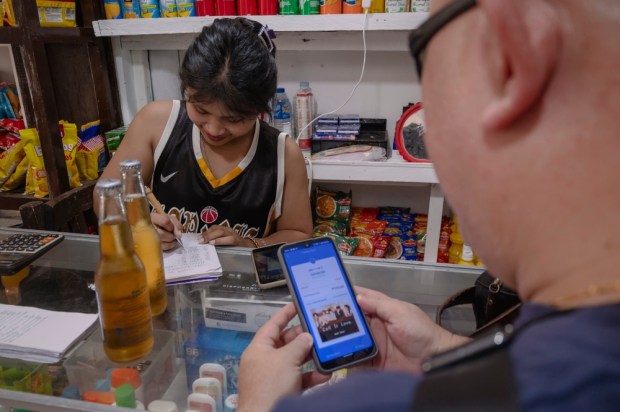Unauthorized GCash Withdrawals Highlight Dangers of Digital Wallet Fraud

The hackers have been foiled.
At least in one case, and at least for the moment, they have been foiled.
But the threats to, and parrying by, GCash, the eWallet service of Globe Telecom Inc. in the Philippines, underscore the fact that bad actors are intent on siphoning funds from unwitting victims.
As reported on Tuesday (May 9) by Bloomberg, the mobile payment firm said that a number of users had seen unauthorized deductions occur within their accounts — and reportedly had issues accessing the service for hours. And hackers had tried to make off with 37 million pesos (the equivalent of $664,000) from accounts at two unnamed banks.
GCash said it had “adjusted” the affected accounts — and thus, no one lost money.
Phishing Opens the Door to Fraud
But the methods and means deployed in the schemes seem, we note, all too familiar these days. As reported by Inquirer.net, the transfers may have seemed legitimate but had, in fact, been “validated “by the scammers as they leveraged information gathered from the account holders with phishing techniques.
Earlier this year, PYMNTS research, done in collaboration with ACI Worldwide, found that among more than 2,000 consumers, a majority of individuals — nearly 58% — feel that using digital wallets can be at least as safe as using physical wallets.
But that leaves 42%, as seen in the chart below, who feel using mobile wallets is less safe than their physical counterparts.
The data shows that 51% of younger consumers — specifically, Generation Z — believe that mobile options can replace most or all physical wallets’ uses. In the meantime, digital wallets have been making headway:
PYMNTS’ data shows that overall, 49% of consumers have used their mobile wallet to pay bills in the last 12 months, with millennials the most likely to do so, at 68%.
There’s at least some recognition on the part of consumers that being verified — frequently — over mobile channels can help stanch the tide of rising fraud. As detailed in separate PYMNTS research, 42% of consumers want to be verified each time they transact as they buy goods and services. As found in the report “Consumer Behaviors and Perceived Security Across Devices,” done in collaboration between PYMNTS and Entersekt, and as relayed by nearly 2,600 individuals, 57% of respondents have said that they trust banks to protect their money and their identities. Another 52% of respondents want to authenticate their identities whenever they access their bank account.
That stepped-up authentication might do much to hasten the great digital shift away from paper checks and toward device-enabled digital payments. And that can cut down on check fraud when there are fewer checks crossing the mail. As chronicled by The Wall Street Journal, in 2018, check fraud made up 47%, or $1.3 billion, of banks’ fraud losses —a jump from $789 million in 2016. Debit card fraud losses were 44% of losses, or $1.2 billion, in 2018, per the American Bankers Association.
The paper-check-as-attack-vector was highlighted by Ingo Money’s Drew Edwards, who stated to Karen Webster that “Checks are a fraud magnet.” As he illustrated, If the check is stolen, the deposit is reversed and becomes the liability of the depositor; the issuer has given the depositor money that was not, in fact, “good funds” and now has to get that money back.
Technology can bolster defenses against check fraud. In the case of Ingo Money, the platform allows consumers to make a deposit — and have the provisional funds available now or in the future — or pay a fee to have instant irreversible access while transferring the risk to the platform. Without the risk, we note, as checks move from mailbox to mailbox.

